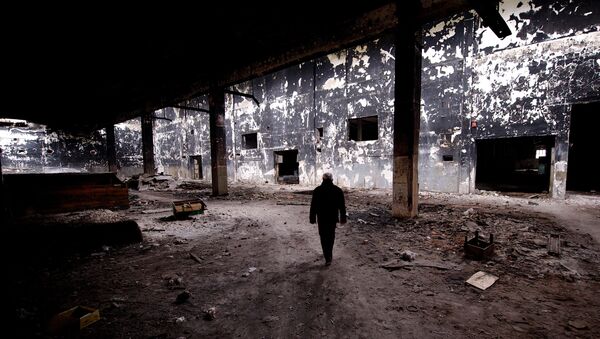According to calculations by Dr. Drago Pupavac at Croatia's University of Rijeka and Dr. Danica Drakulic at Serbia's University of Novi Sad, other countries in the region will take even longer to reach the average level of development of 27 EU countries, measured by GDP per head.
While Montenegro, with a two percent annual growth rate, will reach the standard in 110 years, Macedonia should take 135, Bosnia 157 years and Albania 148 years.
The researchers wanted to test the economic theory of convergence, according to which less developed economies tend to grow faster.
They found that the process of divergence in the countries of the Western Balkans is extremely slow, and hampered by warfare, political instability and prolonged transition.
However, they still believe that with a more effective economic policy, countries in the region could increase their annual GDP by five or six percent and bridge the gap in 14 or ten years respectively in the case of Croatia, or 28 or 23 years respectively in the case of Serbia.
"Although we do not predict that any country of the Western Balkans will converge with the countries of the EU before 2020, their economic policies should be directed towards a high rate of national growth, to create the necessary conditions for convergence: development of human capital, institutions, an environment that encourages entrepreneurship, knowledge of investment management and investment structures," they wrote.
Serbian economic analyst and commentator Dragan Vujadinovic told Kurir that the modest projection figures are a result of low rates of growth, and a small base output.
"You need a large turnover, large investment for large growth. Rather than today's average (increase) of about one billion euros ($1.1 billion) we need two to three billion to attain growth of four percent. Regardless of who is in power, that's what the economics look like, mathematics is relentless," Vujadinovic said.






